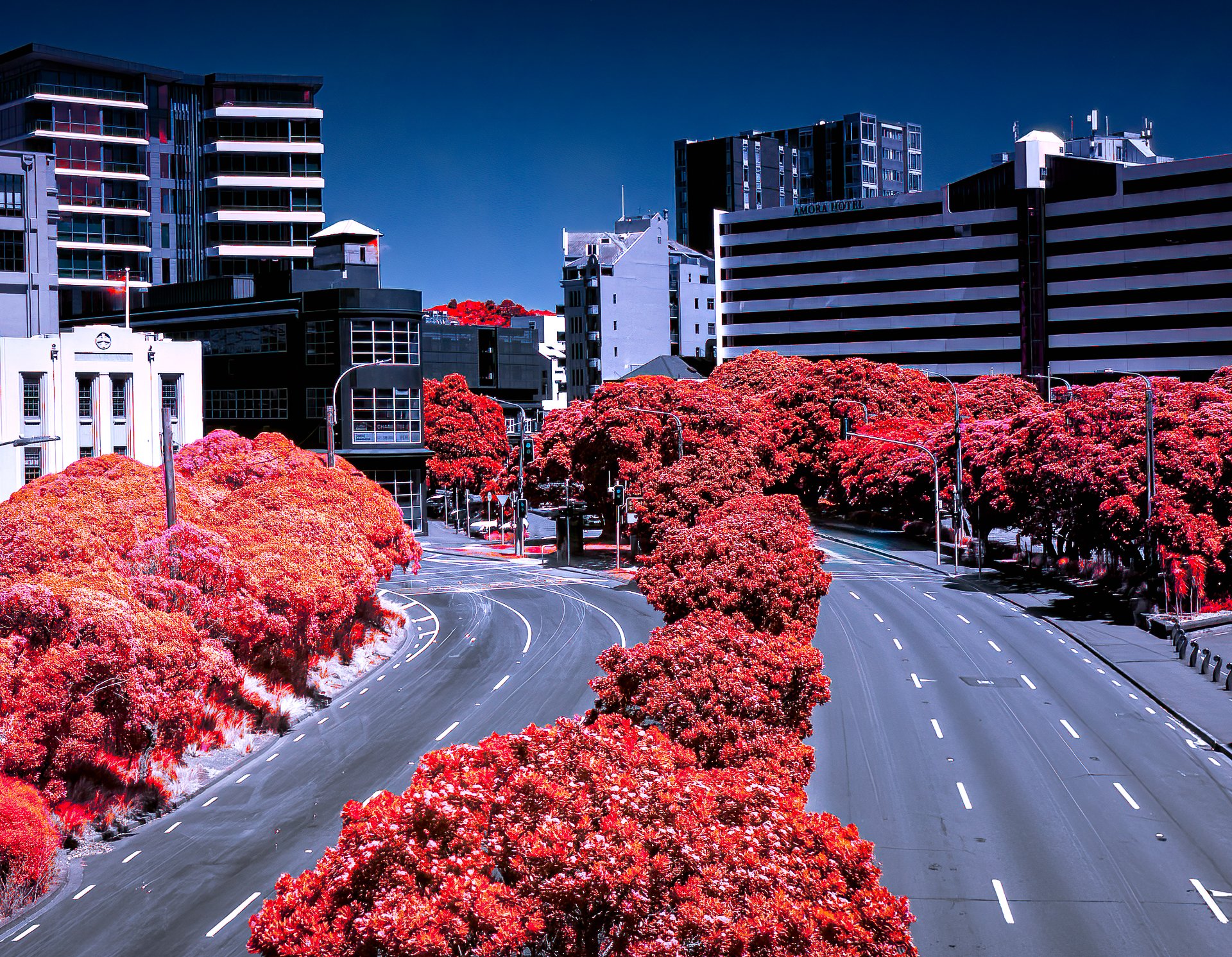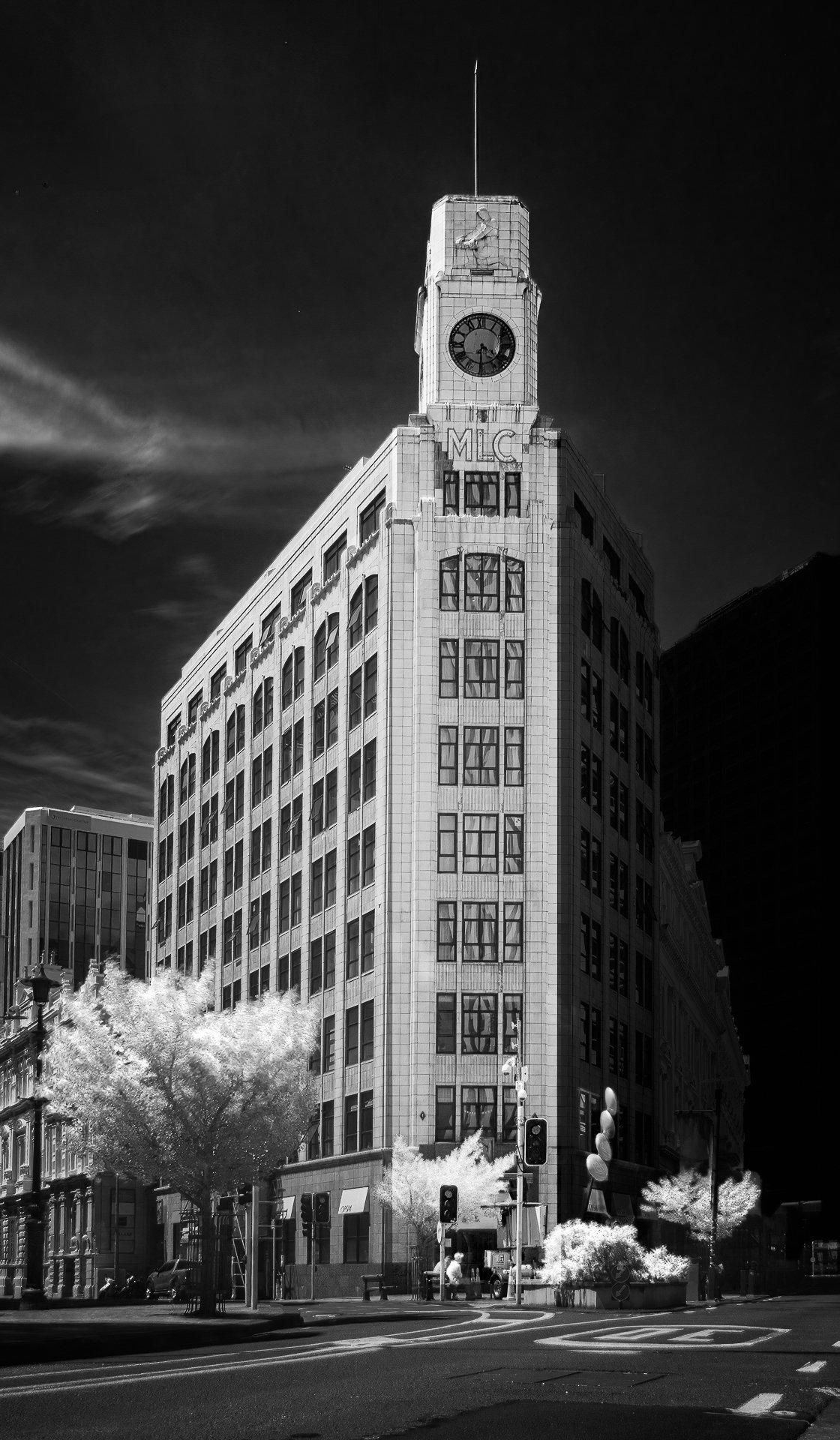TTArtisan 10mm F2 APS-C and Infra red
F2-8 iso 100 120 secs with radial adjustment in Adobe Lightroom to counter diffuse hotspot
There are many reviews on lenses, covering the normal uses of lenses. But what about if you are interested in photographing in a different style. Today, my new TTArtisan 10mm F2 lens arrived, and as with all new lens arrivals, it is time for testing. Why do you need to test a lens, because I find it the quickest way to get to know a lens, its strengths and weaknesses, its character and limits and things which would be better to avoid.
Today’s test is how does this lens perform when used in combination with a Canon R7 and an 850nm filter. In full disclosure I paid for this lens myself and all opinions are my own and nothing has been cleared with TT artisan before posting this article. The camera was mounted on a tripod, captured in CRAW format, from a shady position on a hot summers day. They were captured with a monochrome preset on the camera and then had basic contrast adjustments in lightroom. In the f2.8 and f4 images I have made an additional copy and added radial filter to counteract the diffuse hot spot. The files adjusted with a radial filter have been noted as modded in the file name. Those with no mod, are those with just contrast adjustments.
F2 iso 100 120 secs no mod
In this version there is a very weak hotspot, but at f2 depth of field could be better
F2-8 iso 100 120 secs no mod
As you can see the hotspot is a little more visible but still quite diffuse, the degrading of focus in the hotspot is not too bad.
F4 iso 200 240 secs no mod
The hotspot now has more defined edges and is starting to degrade the image
F5-6 iso 200 240 secs no mod
The edges of the hotspot are now well defined and focus is degraded
F8 iso 400 240 secs no mod
Let’s be honest here, predicting the future can be hard but in this case the hotspot is getting worse as we continue. So rather than continuing what is the best we can do reliably? I feel that f2.8 could be easily corrected and f4 maybe could be fixed as well. Let’s try the f4 version first.
F4 iso 200 240 secs mod
To get rid of the brightness of the hotspot the radial filter needs to be too aggressive and makes the contrast to heavy, so let’s try this on the f2.8 version
F2-8 iso 100 120 secs mod
I think this is the best combination of depth of field and hotspot avoidance. That was a very informative test, I hope it helped you because it certainly helped me.



